I have two angelfish in my 50 gallon community tank. Two weeks ago they laid eggs for the first time ever (!) but they ate the eggs a couple days later. Last night I noticed that there were more eggs on a leaf in the tank. This morning many of the eggs have turned white, while last night they were almost all tan. I read this means the eggs are rotting/not fertilized.
Both angels are swimming above the eggs and chasing off any other tank members that come nearby.
I will attach pictures of the eggs and angels below. I am wondering if perhaps both of my angels are girls. Any help with sexing them would be most appreciated! If it turns out that I do have a boy and girl, I would like to try raising the eggs on my own if that would give them a better chance of survival.
Also, I got the two fish back in December. Their bodies were each about the size of a silver dollar coin when I got them, so I'm guessing they're about 6 months old now. The yellow one is larger than the white one now.
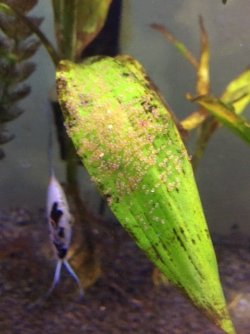
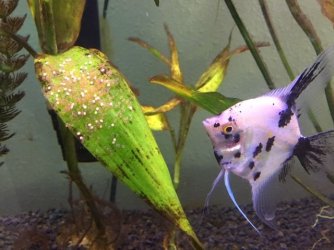
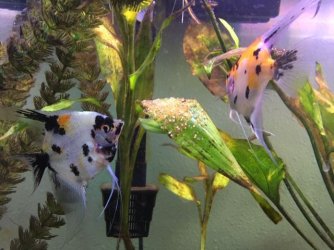
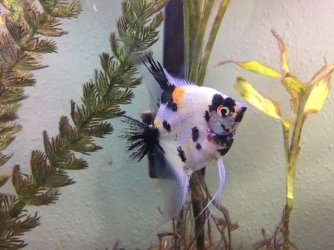
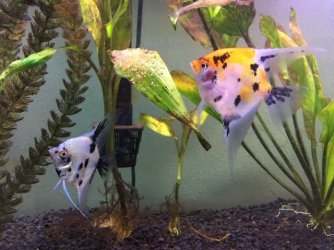
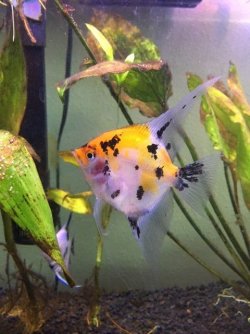
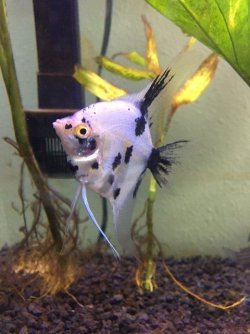
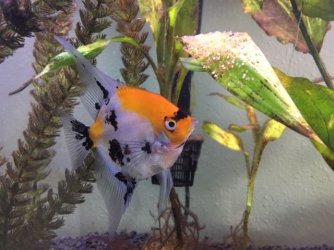
Both angels are swimming above the eggs and chasing off any other tank members that come nearby.
I will attach pictures of the eggs and angels below. I am wondering if perhaps both of my angels are girls. Any help with sexing them would be most appreciated! If it turns out that I do have a boy and girl, I would like to try raising the eggs on my own if that would give them a better chance of survival.
Also, I got the two fish back in December. Their bodies were each about the size of a silver dollar coin when I got them, so I'm guessing they're about 6 months old now. The yellow one is larger than the white one now.









